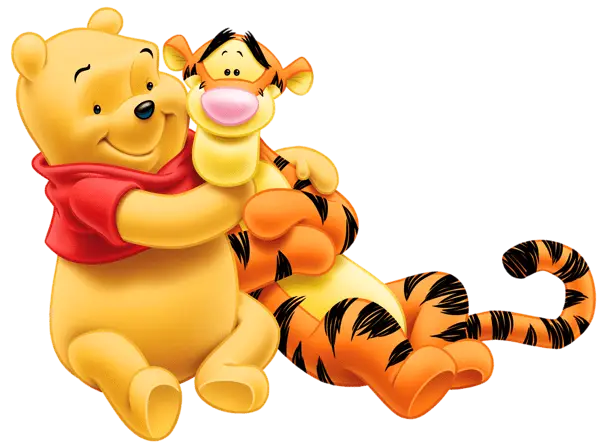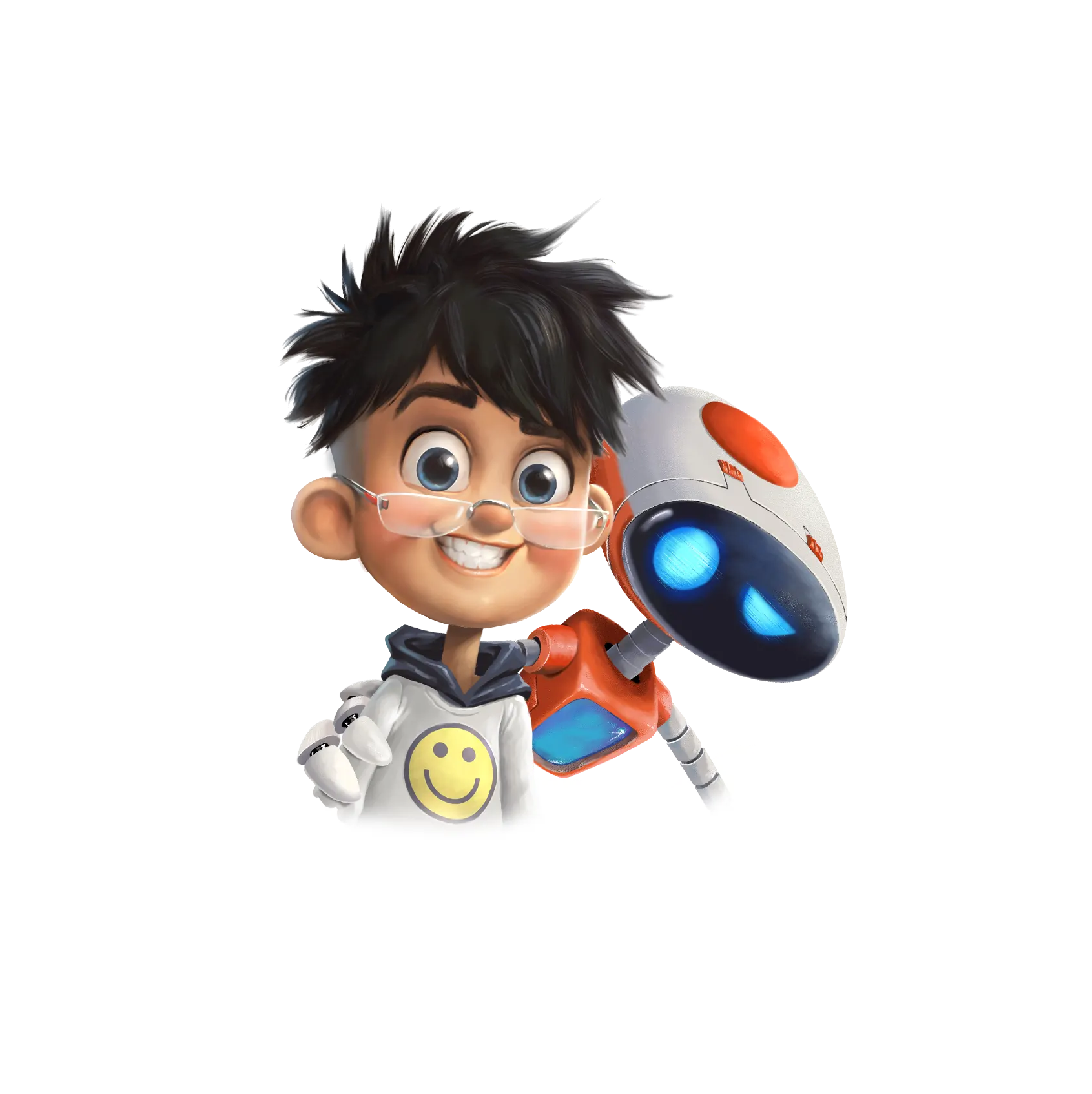Exploring the Legacy of Hayao Miyazaki: The Maestro Behind Studio Ghibli’s Magic
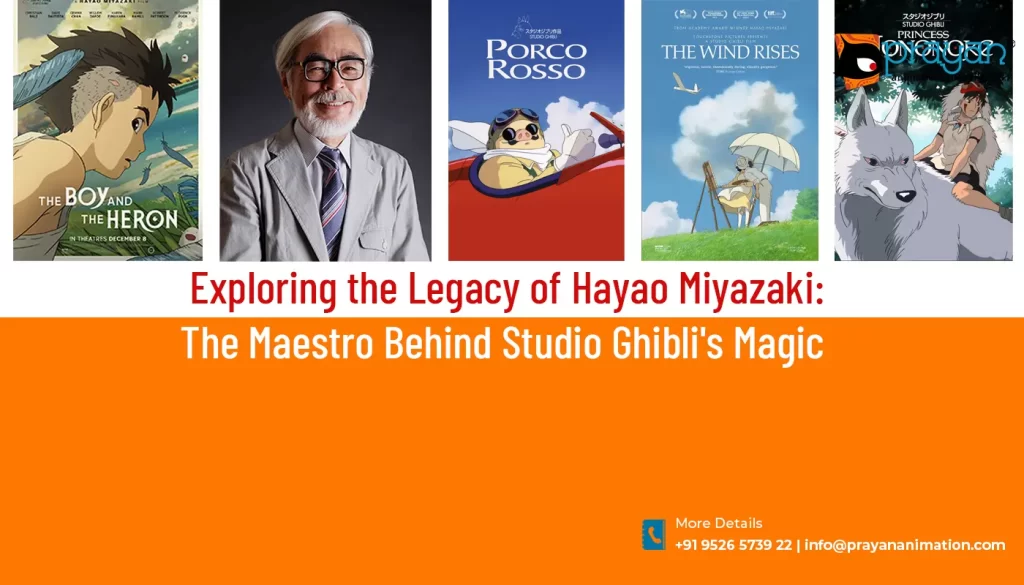
Japanese animation, known as anime, has been graced by the visionary genius of Hayao Miyazaki, an iconic figure whose creativity has enchanted audiences worldwide. Renowned for his captivating storytelling, exquisite animation, and profound themes, Miyazaki stands as a luminary in the realm of animation, leaving an indelible mark on the industry.
Early Years and Career Growth:
Born on January 5, 1941, in Tokyo, Hayao Miyazaki developed a passion for drawing from a young age. His fascination with animation burgeoned during his formative years, inspired by the works of Osamu Tezuka, the father of manga. Miyazaki began his career at Toei Animation in 1963, where he honed his skills as an animator and swiftly rose through the ranks.
His early works included collaborations on projects like “The Great Adventure of Horus, Prince of the Sun” and “Puss in Boots,” where he demonstrated his artistic prowess and storytelling abilities. However, it wasn’t until the late 1970s that he gained widespread recognition with his directorial debut, “Lupin III: The Castle of Cagliostro,” showcasing his penchant for detailed animation and compelling narratives.
Studio Ghibli and Masterpieces:
Miyazaki co-founded Studio Ghibli in 1985, a watershed moment in his career. The studio became synonymous with unparalleled craftsmanship and heartfelt storytelling, largely due to Miyazaki’s visionary leadership. His films often explore themes of environmentalism, pacifism, and the complexities of human nature, resonating with audiences of all ages.
Among his illustrious filmography, “My Neighbor Totoro” (1988) remains a beloved classic, enchanting viewers with its whimsical tale of childhood wonder and imagination. Another masterpiece, “Princess Mononoke” (1997), showcased Miyazaki’s ability to craft an epic narrative infused with environmental concerns and moral ambiguity.
Japanese animation maestro Hayao Miyazaki has once again proven his unparalleled genius with a historic win at the Golden Globes. “The Boy and the Heron” has emerged victorious as the Best Animated Motion Picture, marking the first time in the category’s 18-year history that the Globes have honored a non-American animated film.
“The Spirited Away” (2001) stands as a pinnacle of Miyazaki’s artistry, winning the Academy Award for Best Animated Feature. This film mesmerized audiences with its richly imaginative world, compelling characters, and an enchanting storyline exploring the resilience of the human spirit.
Miyazaki’s films, including “Howl’s Moving Castle,” “Ponyo,” “The Wind Rises,” and “The Secret World of Arrietty,” each hold a distinctive place in the hearts of fans worldwide. His unique ability to blend fantasy with profound human emotions has earned him accolades and admiration across cultures.
Legacy and Influence:
Hayao Miyazaki’s impact extends beyond the confines of animation. His dedication to hand-drawn animation in an era of increasing digitalization showcases his commitment to artistic integrity. His meticulous attention to detail and storytelling prowess have influenced a generation of animators and filmmakers globally.
Miyazaki’s legacy is not only marked by his exceptional films but also by his dedication to preserving the essence of storytelling through animation. His unwavering commitment to exploring complex themes while captivating audiences of all ages solidifies his place as a master storyteller.
Conclusion:
Hayao Miyazaki’s unparalleled contributions to Japanese animation have indelibly shaped the industry. His films continue to transcend cultural boundaries, resonating with audiences worldwide and leaving an enduring legacy. As a visionary artist and storyteller, Miyazaki’s influence on animation remains timeless, inspiring generations and ensuring that his enchanting tales endure for years to come.



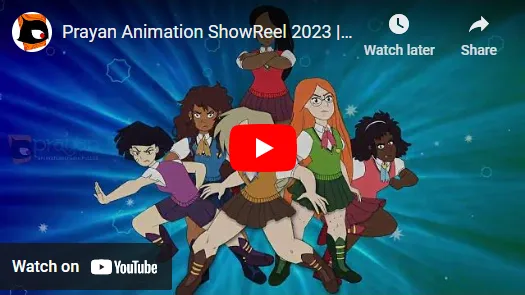



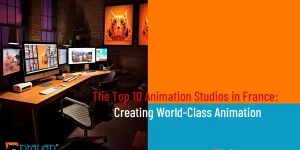
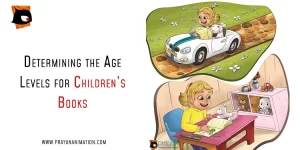





 We can help you.
We can help you. 

